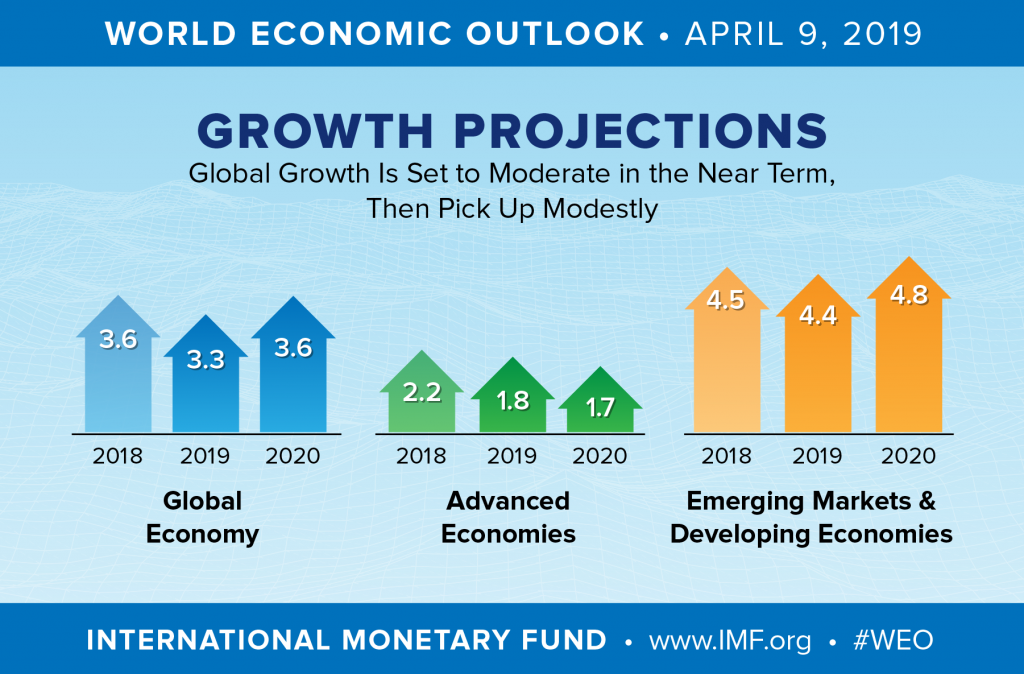Relevance: Mains: G.S paper II: International
Context:
- The World Economic Forum (WEF) started in 1971 with the noble objective of improving the state of the world, but now serves as a platform for world leaders, billionaires, professionals at the top of the business pyramid, senior government ministerial delegations, and others, who gather to change the world.
• This is the 49th year of the congregation, which now resembles an ice circus. The messages from Davos drift like snowflakes, on the agendas of the developed world.
Background:
- Social inequalities and the grim problems of stark and continuing poverty are at the epicentre of the new world.
• The latest Oxfam Report presented at Davos points out that 2,153 billionaires have more wealth than 4.6 billion people.
• The emergence of billionaires and oligarchs in different parts of the world coincides with increased poverty among the already poor people, especially children.
• These realities make observers question the tenability of stakeholder capitalism as a concept.
Characteristics of economic development:
- One of the chief characteristics of economic development is the intensification of energy use.
• There is an unprecedented concentration of high energy density in all economic development strategies.
• The bulk of the energy continues to be generated from non-renewable sources.
• The developed world’s, and China’s, central objective is to capture energy-generating resources from across continents and put them to use to push GDP growth to greater heights. In the process, sustainability is becoming a casualty.
How do we define energy?
- In physics, energy is defined as ‘work done’ or, in other words, the force that moves all objects. It is important to understand the philosophical implications of one of the great laws of physics — the Laws of Thermodynamics.
• The first law states that energy can neither be created nor destroyed, it merely changes form and is always conserved.
• The second law states that when ‘work is done’, only a part of the energy is consumed, the balance is lost. The lost part is called ‘entropy’ and it is proven that entropy always maximises.
• This whole phenomenon also leaves behind inert material as waste. The higher the use of energy, the larger the amount of waste generated. Entropy, like time, is always unidirectional, it only goes forward.
Excess consumption:
- Egregious consumption of energy by the developed world has been accompanied by the disposal of residual products (‘e-waste’) on the shores of many African and Asian countries.
• As a result, the poor in the developing world are, unwittingly, drawn and exposed to toxic, hazardous materials like lead, cadmium and arsenic.
• Hence, the ‘globalisation’ phenomenon has turned out to be nothing other than exploitation of the developing world, with most countries being treated as a source of cheap labour and critical raw material.
Nordic Economic Model:
- The ‘Nordic Economic Model’, which pertains to the remarkable achievements of the Scandinavian countries comprising Denmark, Finland, Iceland, Sweden, Norway, and allied territories.
• The total population of the Nordic countries is estimated at almost 27 million people. These nations are among the richest in the world when measured in terms of GDP per capita.
• They also have large public sector enterprises; extensive and generous universal welfare systems; high levels of taxation; and considerable state involvement in promoting and upholding welfare states.
• UN reports also indicate that the Nordic countries are the happiest countries in the world. The U.S., in contrast, is in 19th place.
• Taking the Nordic model as a template, there are some ingredients that could be part of a new ‘enlightened global order’. These should include — effective welfare safety nets for all; corruption-free governance; a fundamental right to tuition-free education, including higher education; and a fundamental right to good medical care.
• This also has to involve shutting of tax havens.
• In Nordic countries, personal and corporate income tax rates are very high, especially on the very rich. If a just, new world order is to arise, taxes everywhere should go up.
Holding companies responsible:
- When it comes to the corporate sector, there are some new perspectives.
• In traditional business accounting, ‘bottom line’ refers to the financial year’s profit or loss earned or incurred by the company on pure financial parameters.
• However, following vigorous debates, a new format has emerged under which a company’s performance is measured through four ‘Ps’. The first is ‘P’ for ‘profit’.
• The second ‘P’ is for people — how the company’s actions impact not only employees, but society as a whole.
• The third ‘P’ is for planet — are the company’s actions and plans sensitive to the environment?
• The four ‘P’ is for purpose, which means the companies and individuals must develop a larger purpose than ‘business as usual’.
• Using big data and text analytics, a company’s performance can be measured in terms of all the four ‘P’s and a corporate entity can be thus held accountable.
Conclusion:
- Market capitalisation need not be the only way to measure the value of a company.


